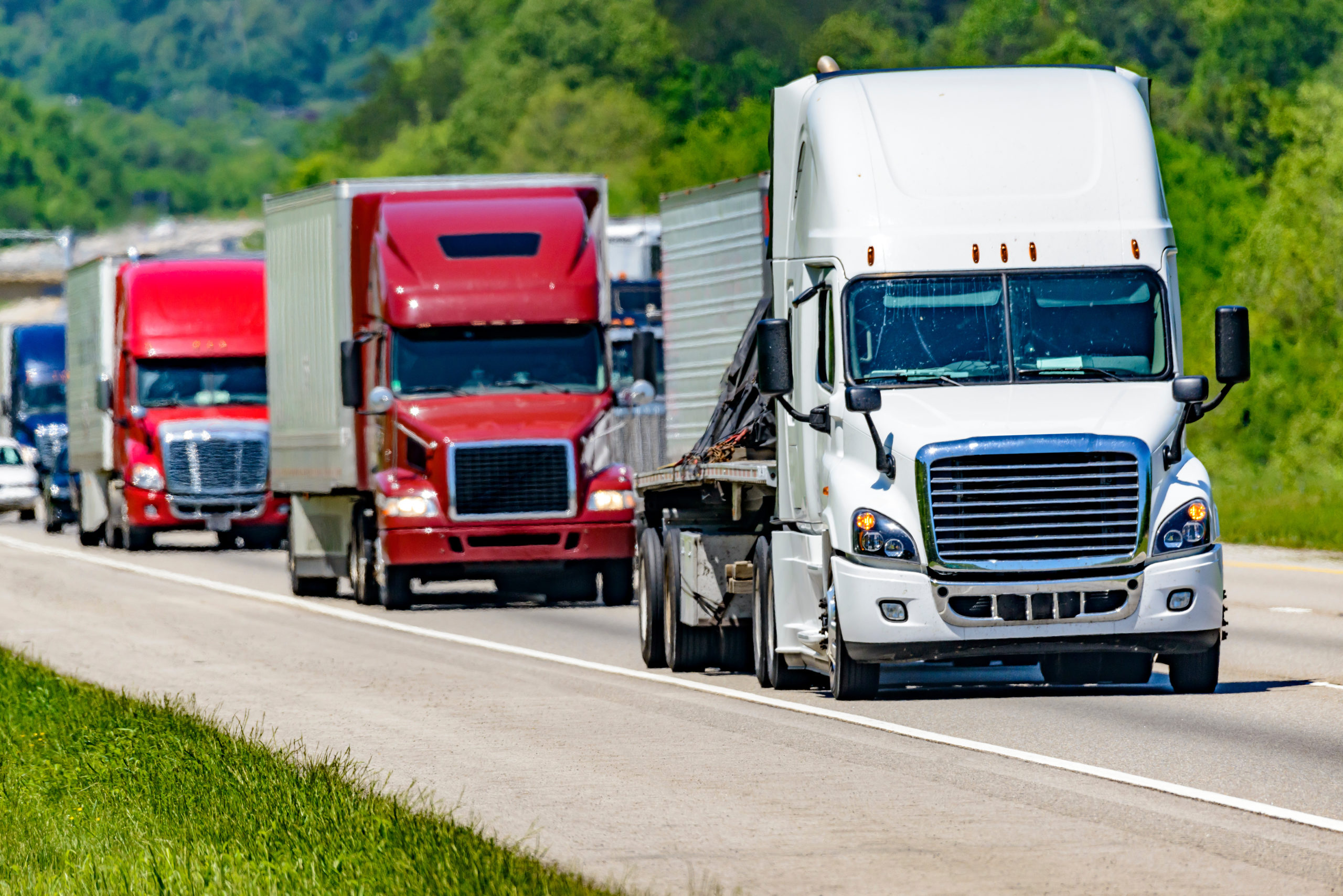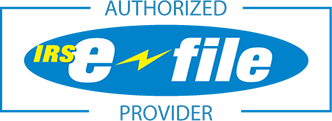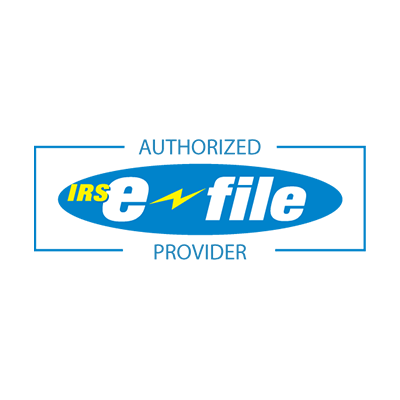As the world marches into the digital age, the commerce landscape is shifting drastically. Over the thirty years, E-commerce has seen a meteoric rise, with it being responsible for generating almost $270 billion in sales in the third quarter of 2022 alone. As consumers become more reliant on online shopping, the need to get their orders to them has increased, leading to more trucks on the road and a tremendous strain on our freight lanes. As a result, freight bottlenecks have become more common, leading to delays, inefficient supply chains, and increased costs.
The Growth of E-Commerce
The history of e-commerce dates back to the early 1970s, but it wasn’t until the 1990’s that it began to be used more regularly. Over the years, the development of the internet, credit card processing, and digital payments enabled businesses to offer their products and services online. This created the foundation for e-commerce, which rapidly grew in popularity as more businesses sought to expand their reach and generate more sales. Since then, the industry has become increasingly sophisticated and streamlined as businesses have adopted advanced strategies to personalize the customer experience, optimize operations, and maximize profit. Today, e-commerce is a global phenomenon, with major players from all corners of the world, from Amazon to Alibaba.
The Causes of Bottlenecks in Freight Lanes
Because of the massive increase in the number of goods needing to be shipped, transportation bottlenecks have become a major issue for logistics as they can cause significant delays and inefficiencies in the supply chain. Freight congestion has had a severe impact on America, not just in terms of economic costs but also on the health and safety of its citizens. The delays caused by freight congestion can cause goods to spoil and delays in the delivery of essential medical supplies, food, and other necessities. This can severely impact rural and low-income communities, which are often the most affected by delays.
To mitigate this, companies have become more proactive in identifying and addressing potential bottlenecks or capacity constraints within their supply chains, such as inadequate infrastructure, road closures, and other potential issues. Taking a proactive approach to transportation bottlenecks allows companies to ensure their freight lanes operate as efficiently as possible.
Types of Capacity Constraints
Lane-Drops
A lane drop is a roadway feature that reduces the number of lanes available to drivers. It is usually implemented by narrowing a wider lane or merging two or more lanes into one. Lane drops can reduce lane-changing and improve traffic flow, but they can also cause a bottleneck if the roadway is too congested. This can result in longer journey times and more time spent idling in traffic, which can significantly impact freight delivery times.
Interchanges
Interchanges can have both positive and negative effects on trucking freight lanes. On one hand, they provide a convenient way for trucks to travel between highways and local roads, allowing them to access new locations and customers. On the other hand, they can also cause traffic congestion. To maximize the efficiency of freight lanes, it is essential to identify the best routes and analyze the impact of interchanges on traffic flow.
Intersections & Traffic Signals
Traffic signals at intersections are essential for ensuring the safety of drivers, pedestrians, and cyclists, and without them driving through a busy intersection would be madness. When traffic signals are used correctly, they can help reduce traffic congestion and create a smoother traffic flow. However, that isn’t always the case. Traffic signals and intersections can create bottlenecks in freight lanes for truckers by significantly slowing down the rate at which trucks can move through them. To prevent these bottlenecks, intersections must be designed to allow trucks to drive through efficiently.
Roadway Geometry
When driving a vehicle with an average length exceeding 70 feet, the geometry of the roads around you becomes incredibly important. Narrow curves, steep grades, inadequate lane widths, and tight clearances can significantly reduce the speed and efficiency of trucking, resulting in increased fuel costs and longer delivery times. Trucking companies can benefit from improved speeds, more efficient fuel costs, and safer delivery times by optimizing routes to work with the geometry of the roadways.
Rail Grade Crossings
A rail-grade crossing is an at-grade intersection of a railway and a road. Because they provide a physical barrier for trucking companies to navigate around, they can lead to increased wait times, additional costs, and longer routes. The traffic delays caused by rail grade crossings can also cause a strain on the local road network and increase the risk of collisions. In order to minimize the impacts of rail grade crossings, trucking companies have to consider the route they take and the timing of their deliveries when planning their freight lanes.
Regulatory Barriers
While regulations are crucial for adding an extra layer of safety and security for freight, they still contribute to bottlenecks in freight lanes. For instance, in the U.S., the regulations governing truck size and weight, such as the Federal Bridge Formula, can restrict the amount of freight that can be carried in a single truck, leading to more trucks being needed to deliver the same amount of cargo. Additionally, this can lead to longer wait times at weigh stations and other regulatory stops, further delaying freight delivery times.
Don’t Let Taxes Slow Your Role, Pay Your HVUT With i2290!
While you can’t control all the factors contributing to congestion, you can control how you file Form 2290 and pay the Heavy Vehicle Use Tax (HVUT).
With i2290, filing your taxes is effortless. Create an account and provide basic information about your business, and you will receive an IRS-stamped Schedule 1 in minutes. All your tax documentation is securely stored online, available for you to access anytime. Should you require any assistance along the way, our knowledgeable support team is available to help. Ready to streamline your tax filing process? Create an account with i2290 today!
Special note: This article is for general purposes, and is not intended to provide, and should not be relied on for tax, legal, investment, or accounting advice. The best way to ensure you’re properly filing for a refund or credit and paying appropriate taxes is by following IRS regulations and consulting with a tax professional.


